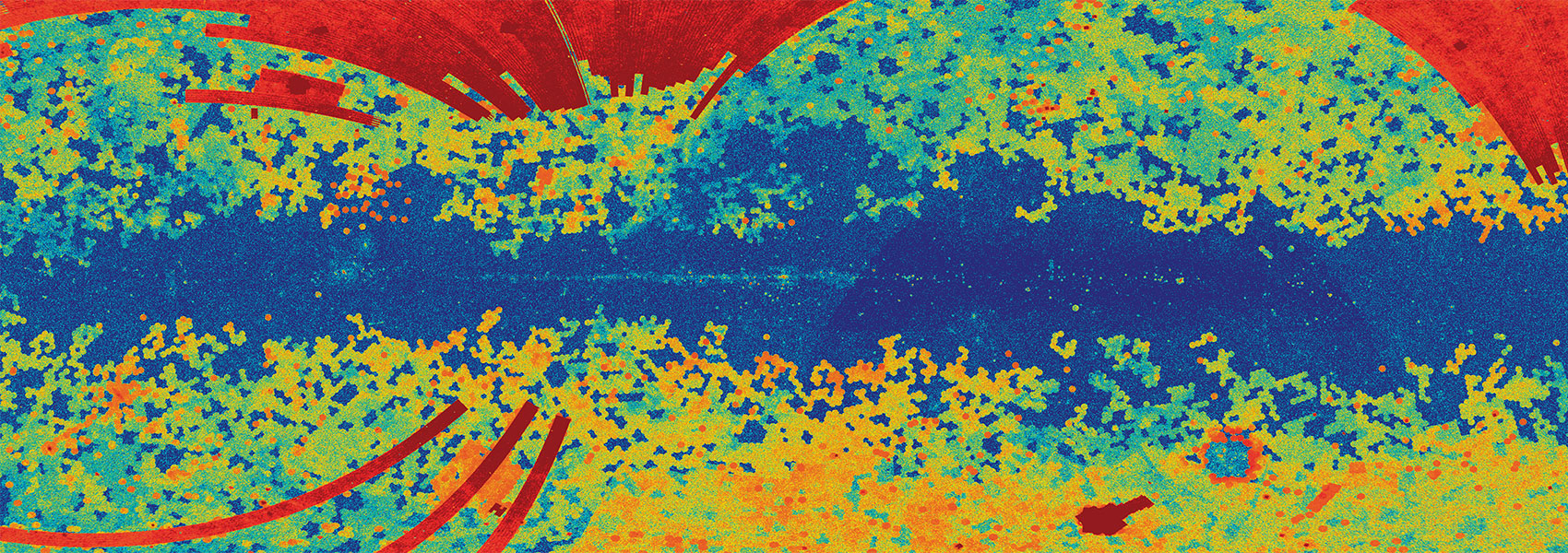February
2022
•
2022PASJ...74L...1F
Authors
•
Fukui, Akihiko
•
Kimura, Tadahiro
•
Hirano, Teruyuki
•
Narita, Norio
•
Kodama, Takanori
•
Hori, Yasunori
•
Ikoma, Masahiro
•
Pallé, Enric
•
Murgas, Felipe
•
Parviainen, Hannu
•
Kawauchi, Kiyoe
•
Mori, Mayuko
•
Esparza-Borges, Emma
•
Bieryla, Allyson
•
Irwin, Jonathan
•
Safonov, Boris S.
•
Stassun, Keivan G.
•
Alvarez-Hernandez, Leticia
•
Béjar, Víctor J. S.
•
Casasayas-Barris, Núria
•
Chen, Guo
•
Crouzet, Nicolas
•
de Leon, Jerome P.
•
Isogai, Keisuke
•
Kagetani, Taiki
•
Klagyivik, Peter
•
Korth, Judith
•
Kurita, Seiya
•
Kusakabe, Nobuhiko
•
Livingston, John
•
Luque, Rafael
•
Madrigal-Aguado, Alberto
•
Morello, Giuseppe
•
Nishiumi, Taku
•
Orell-Miquel, Jaume
•
Oshagh, Mahmoudreza
•
Sánchez-Benavente, Manuel
•
Stangret, Monika
•
Terada, Yuka
•
Watanabe, Noriharu
•
Zou, Yujie
•
Tamura, Motohide
•
Kurokawa, Takashi
•
Kuzuhara, Masayuki
•
Nishikawa, Jun
•
Omiya, Masashi
•
Vievard, Sébastien
•
Ueda, Akitoshi
•
Latham, David W.
•
Quinn, Samuel N.
•
Strakhov, Ivan S.
•
Belinski, Alexandr A.
•
Jenkins, Jon M.
•
Ricker, George R.
•
Seager, Sara
•
Vanderspek, Roland
•
Winn, Joshua N.
•
Charbonneau, David
•
Ciardi, David R.
•
Collins, Karen A.
•
Doty, John P.
•
Bachelet, Etienne
•
Harbeck, Daniel
Abstract
•
We report the discovery of TOI-2285b, a sub-Neptune-sized planet transiting a nearby (42 pc) M dwarf with a period of 27.3 d. We identified the transit signal from the Transiting Exoplanet Survey Satellite photometric data, which we confirmed with ground-based photometric observations using the multiband imagers MuSCAT2 and MuSCAT3. Combining these data with other follow-up observations including high-resolution spectroscopy with the Tillinghast Reflector Echelle Spectrograph, high-resolution imaging with the SPeckle Polarimeter, and radial velocity (RV) measurements with the InfraRed Doppler instrument, we find that the planet has a radius of $1.74 \pm 0.08\, R_\oplus$, a mass of $\lt \!\!19.5\,M_\oplus$ ($95\%$ c.l.), and an insolation flux of 1.54 ± 0.14 times that of the Earth. Although the planet resides just outside the habitable zone for a rocky planet, if the planet harbors an H2O layer under a hydrogen-rich atmosphere, then liquid water could exist on the surface of the H2O layer depending on the planetary mass and water mass fraction. The bright host star in the near-infrared (Ks = 9.0) makes this planet an excellent target for further RV and atmospheric observations to improve our understanding of the composition, formation, and habitability of sub-Neptune-sized planets.
Links




